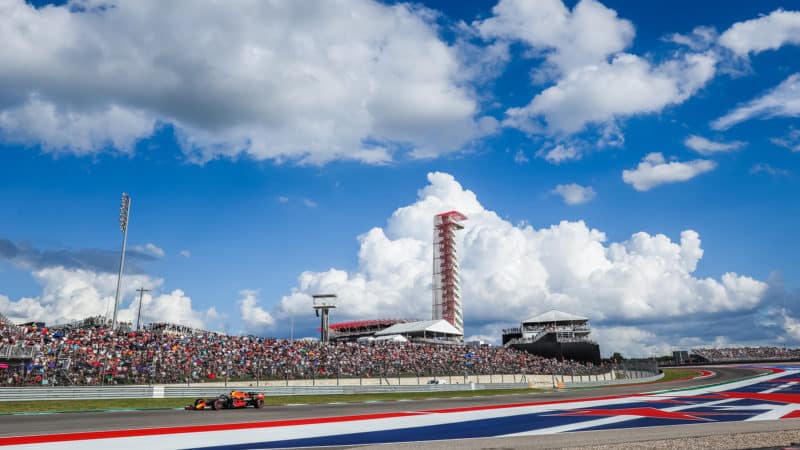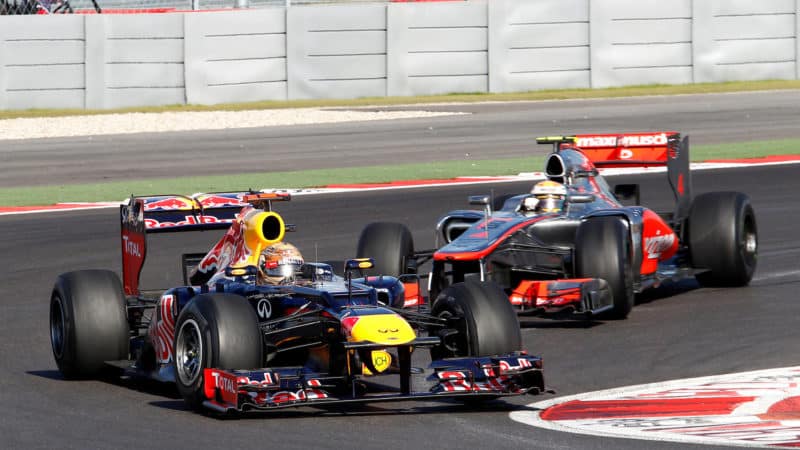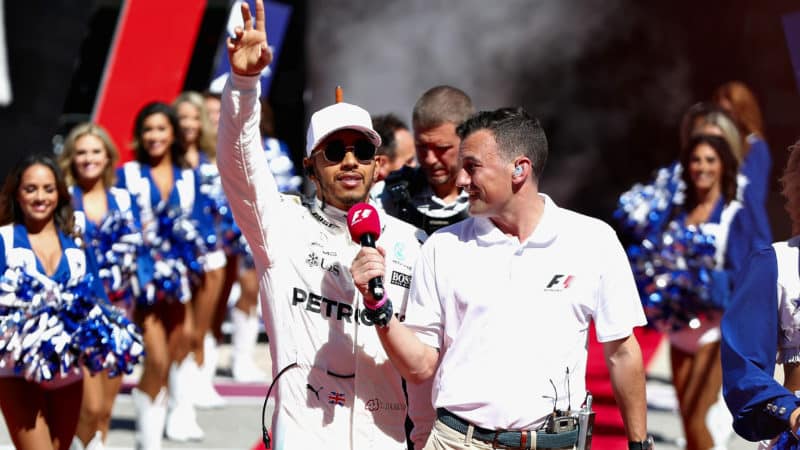And COTA has been there throughout that period, because its management team knew F1 could be a huge success. It knew the audience, it knew the environment, and it knew the potential was there for it to all click.
In the blink of an eye, it’s now second to only Watkins Glen in terms of the number of US GPs hosted, and it has some very different problems to those it faced in the early years.
“I think the biggest challenge is getting more metal for grandstands with the supply chain issues, and then the demand,” Epstein says. “Next year we know Vegas is coming on around the same time we are so there’s going to be a lot of demand for portable and temporary bleachers and grandstands all within a one-month period! So the guys that are in that business are very happy right now with Formula 1!”
If that really is the biggest challenge facing COTA right now, then Epstein should be very proud. And F1 should be learning from this particular success story as it continues to broaden its horizons.



